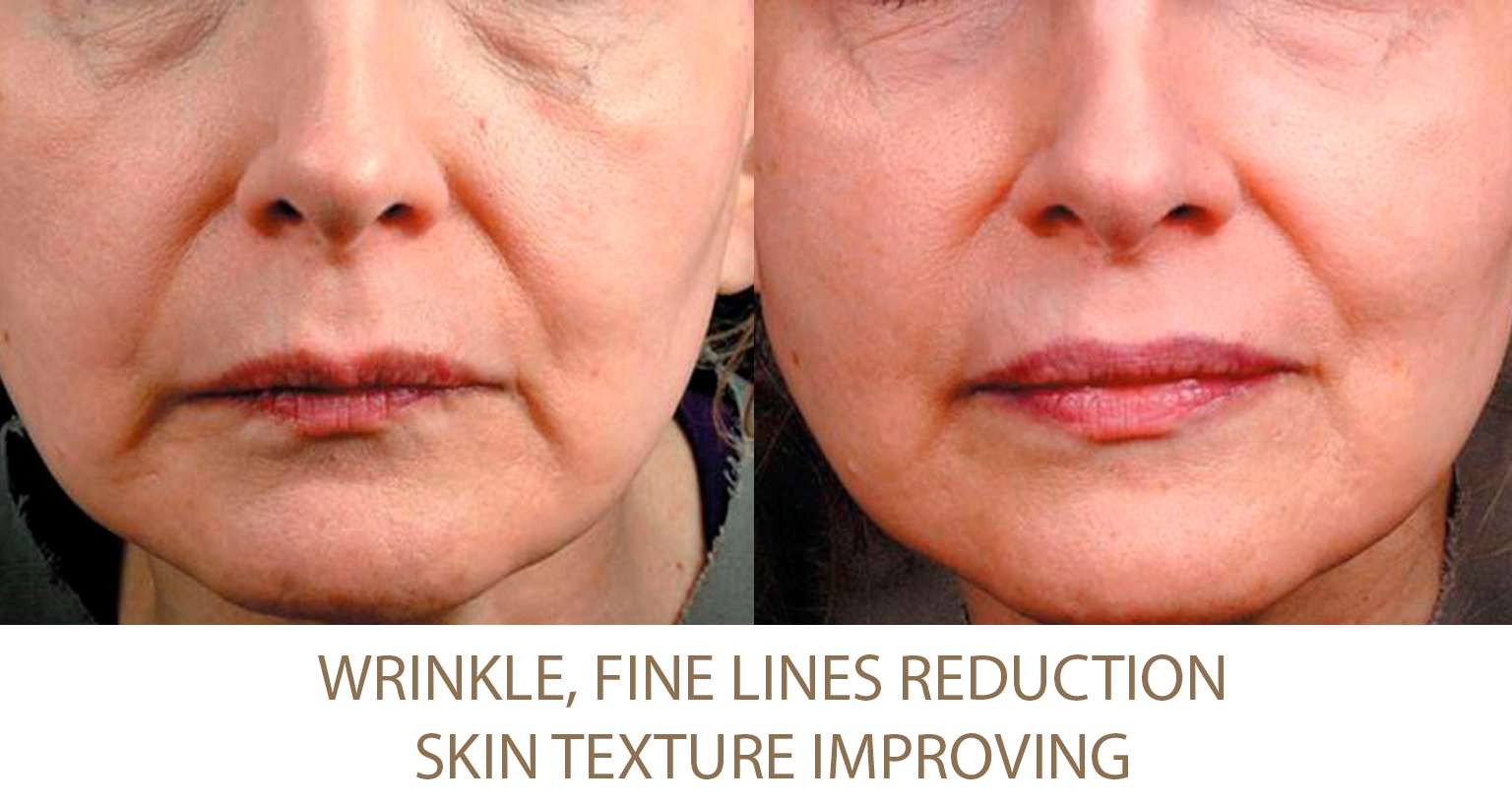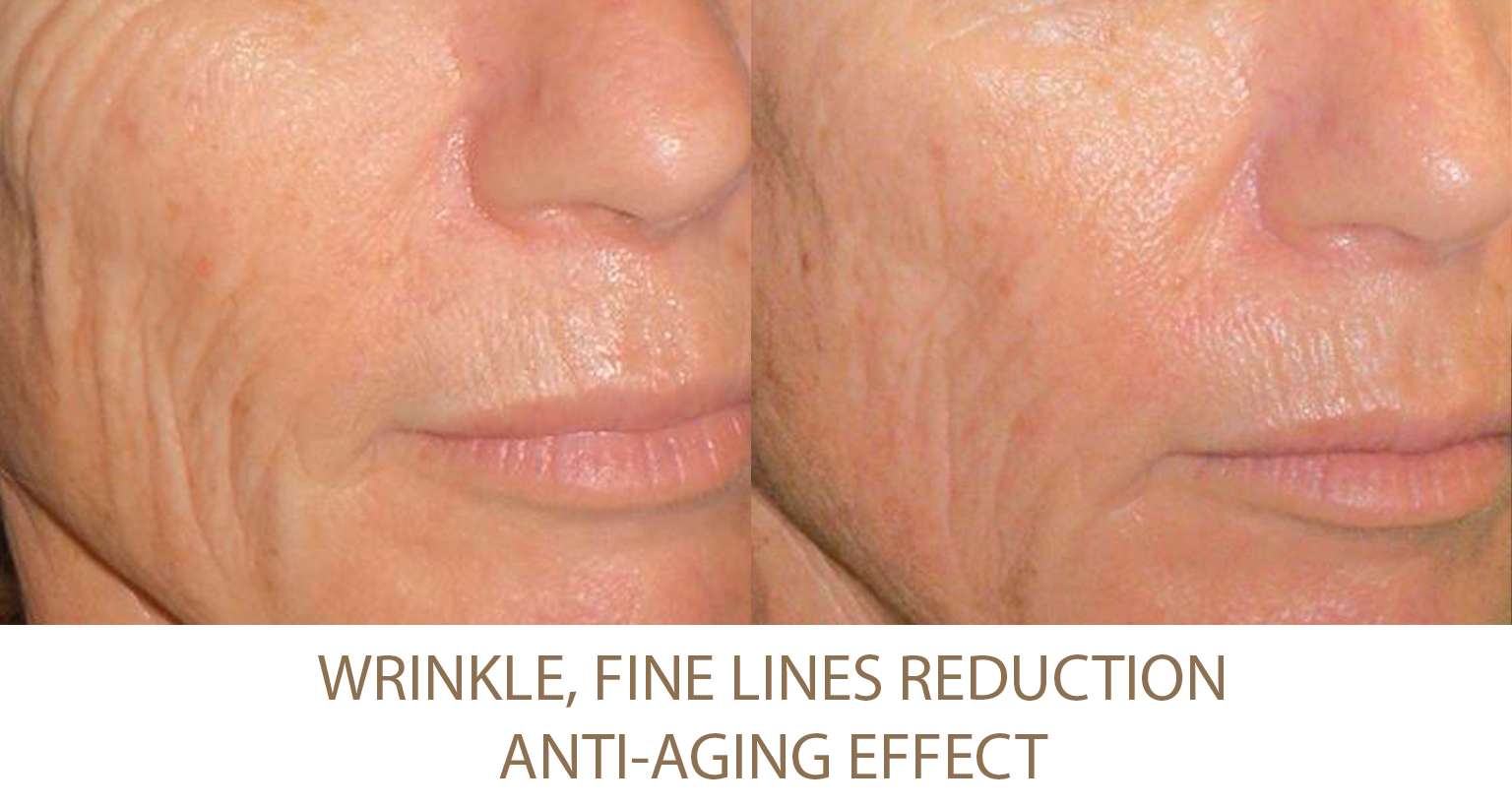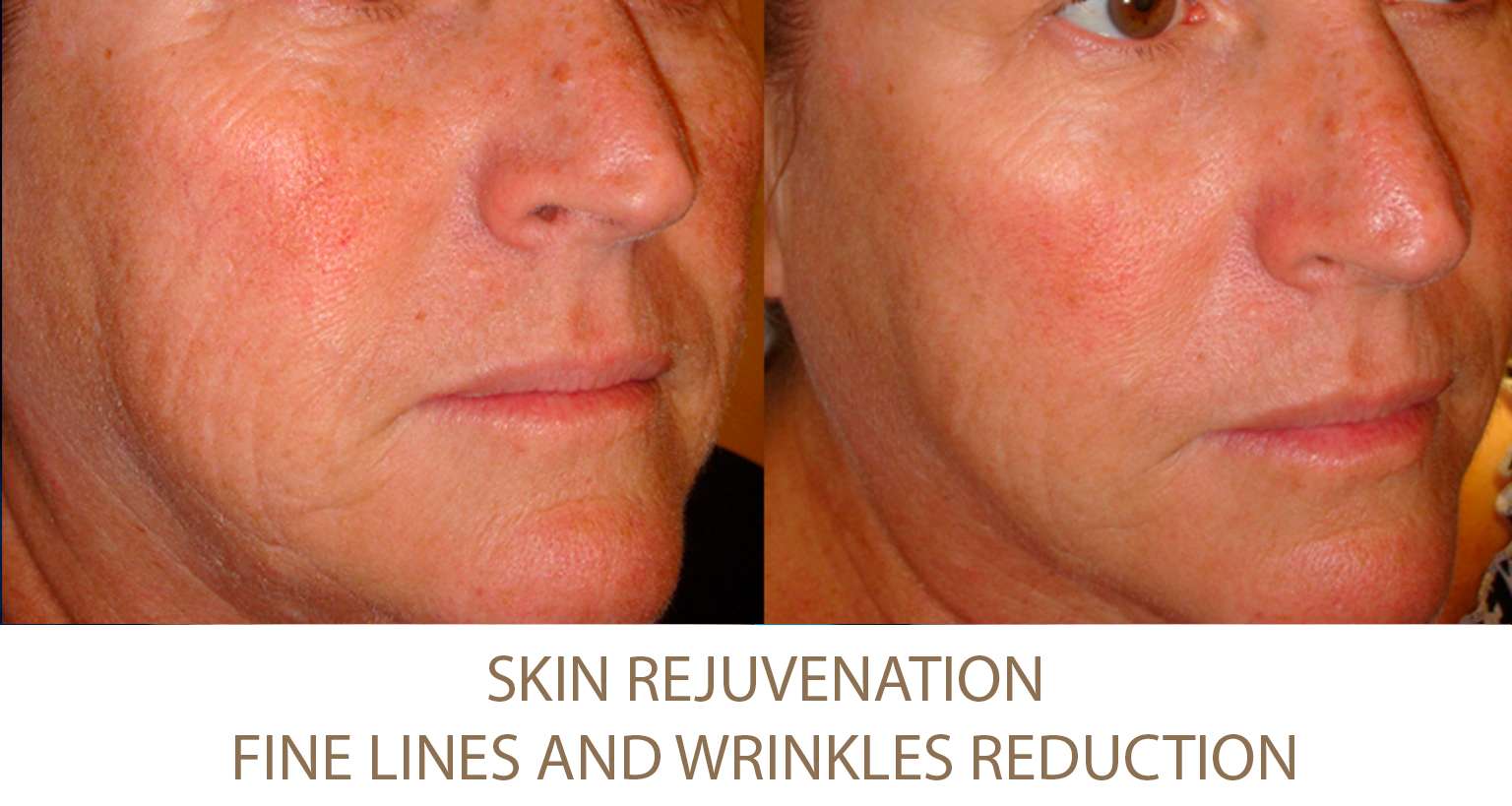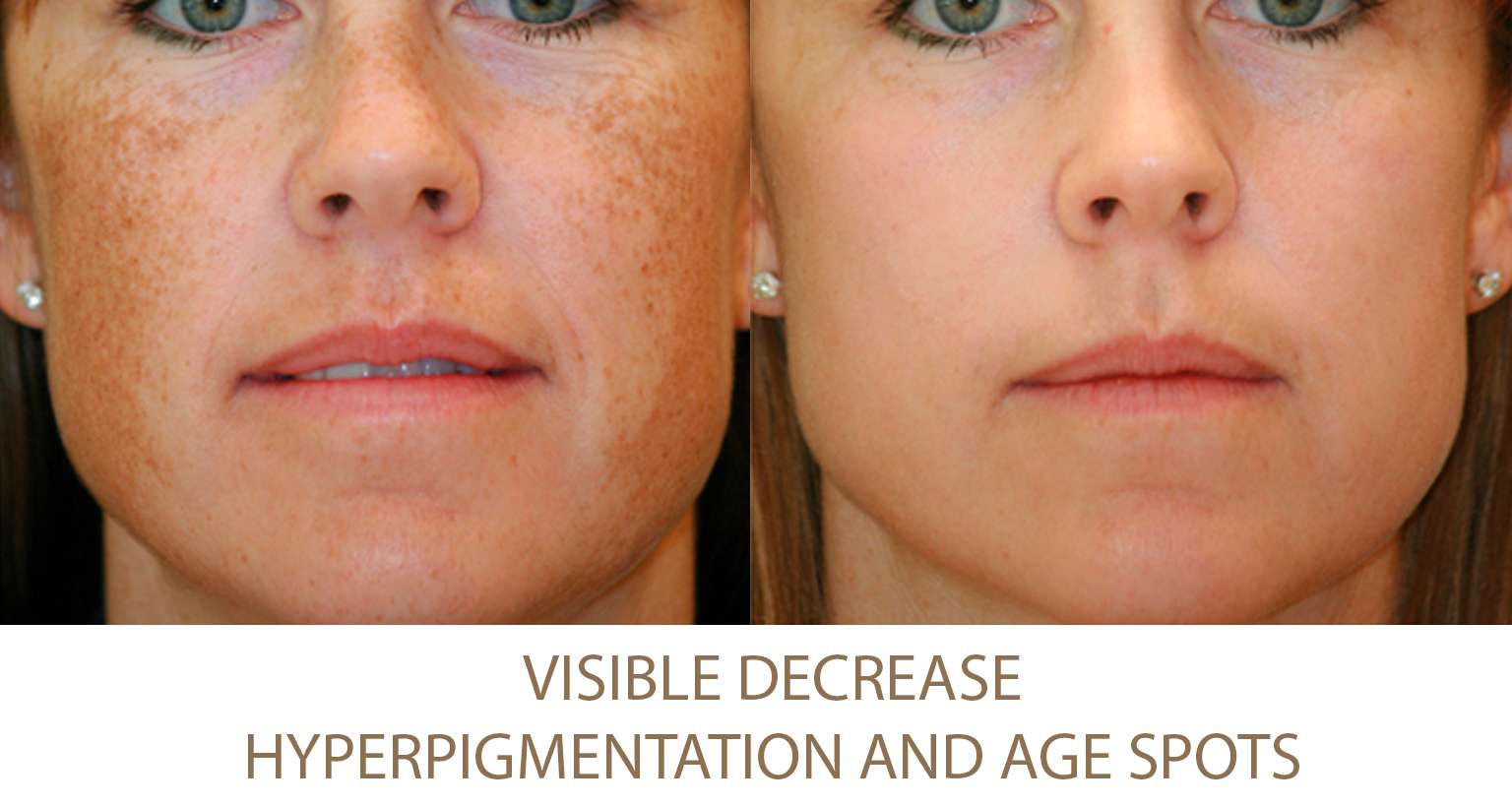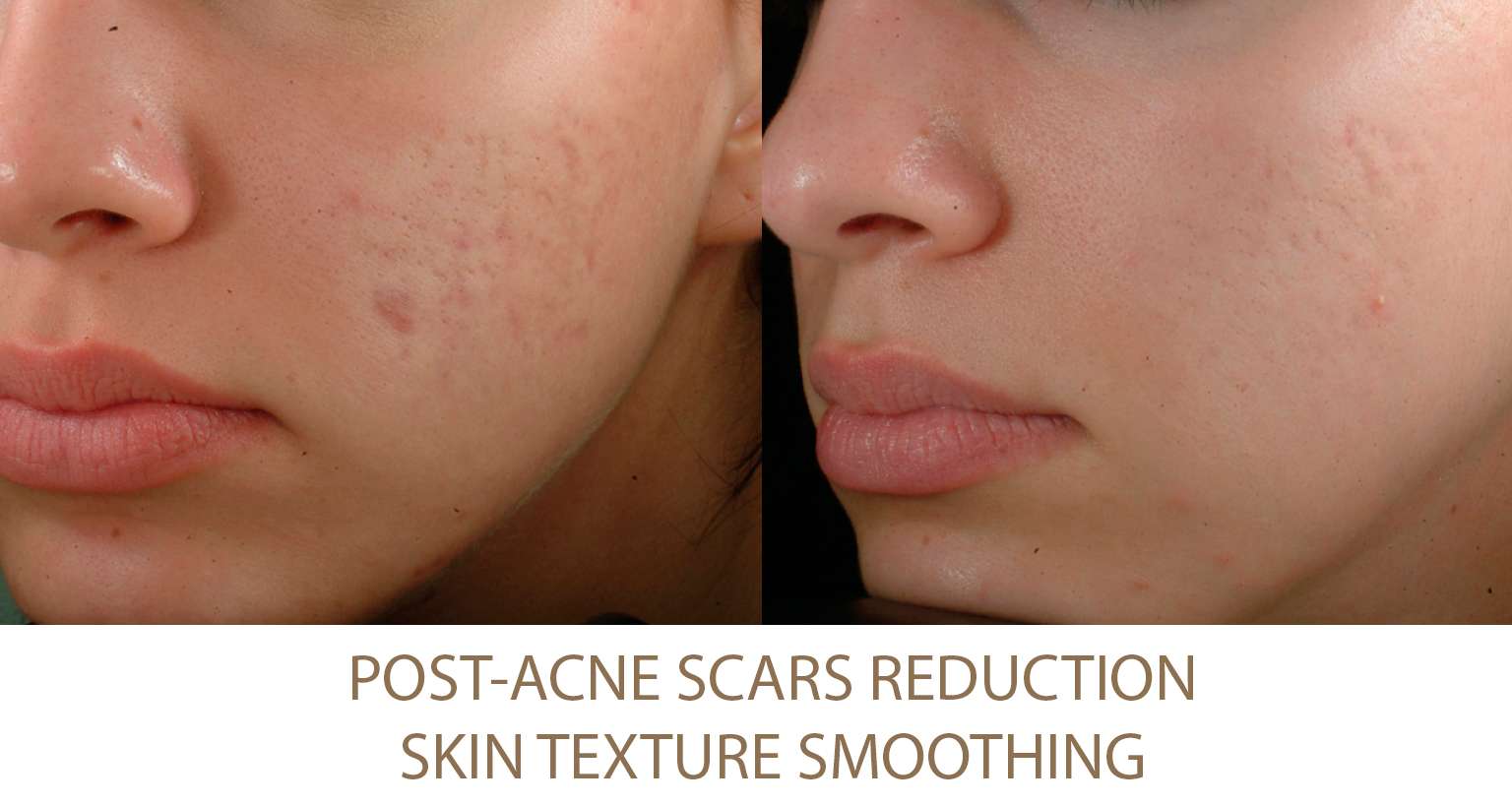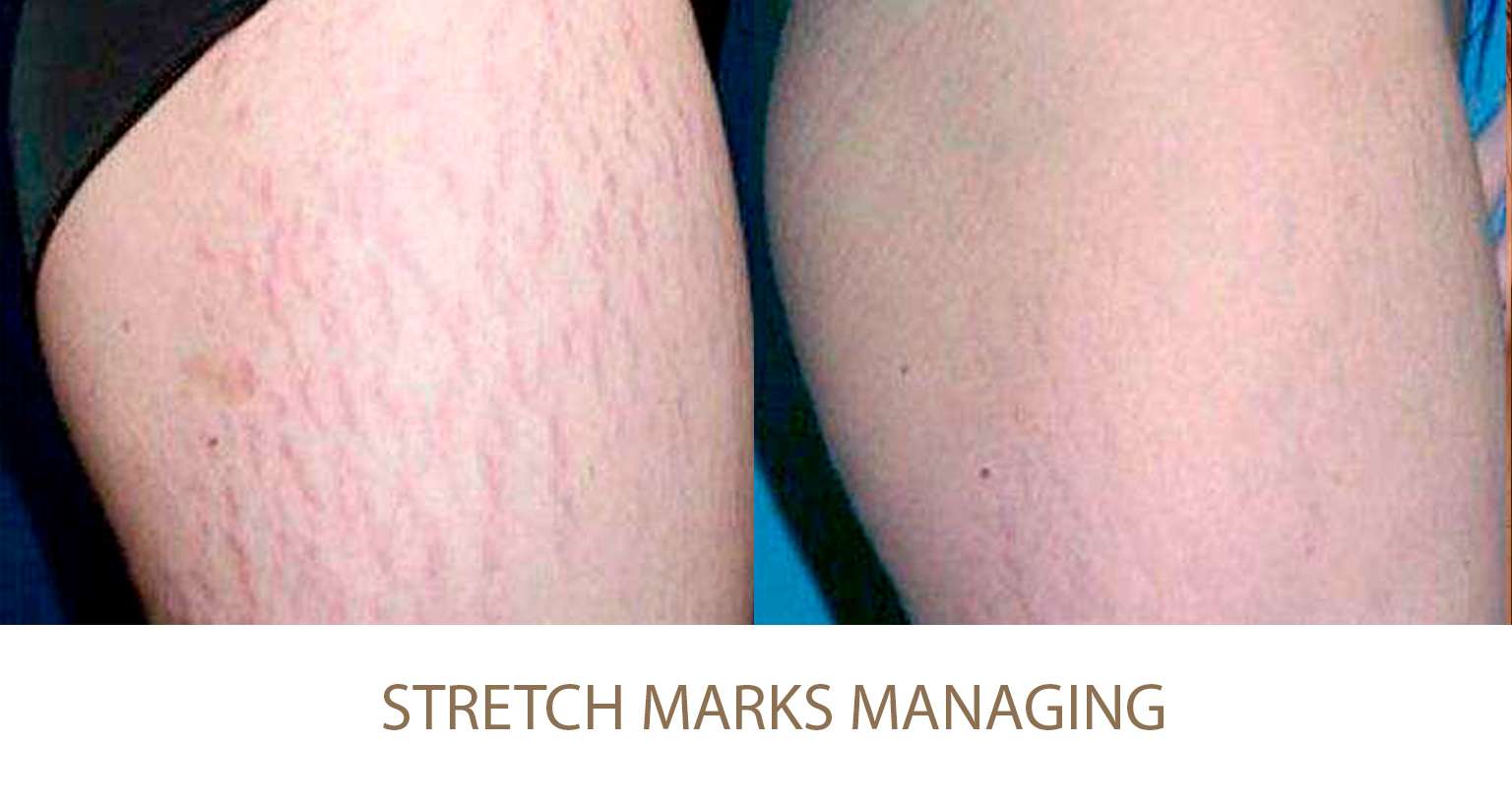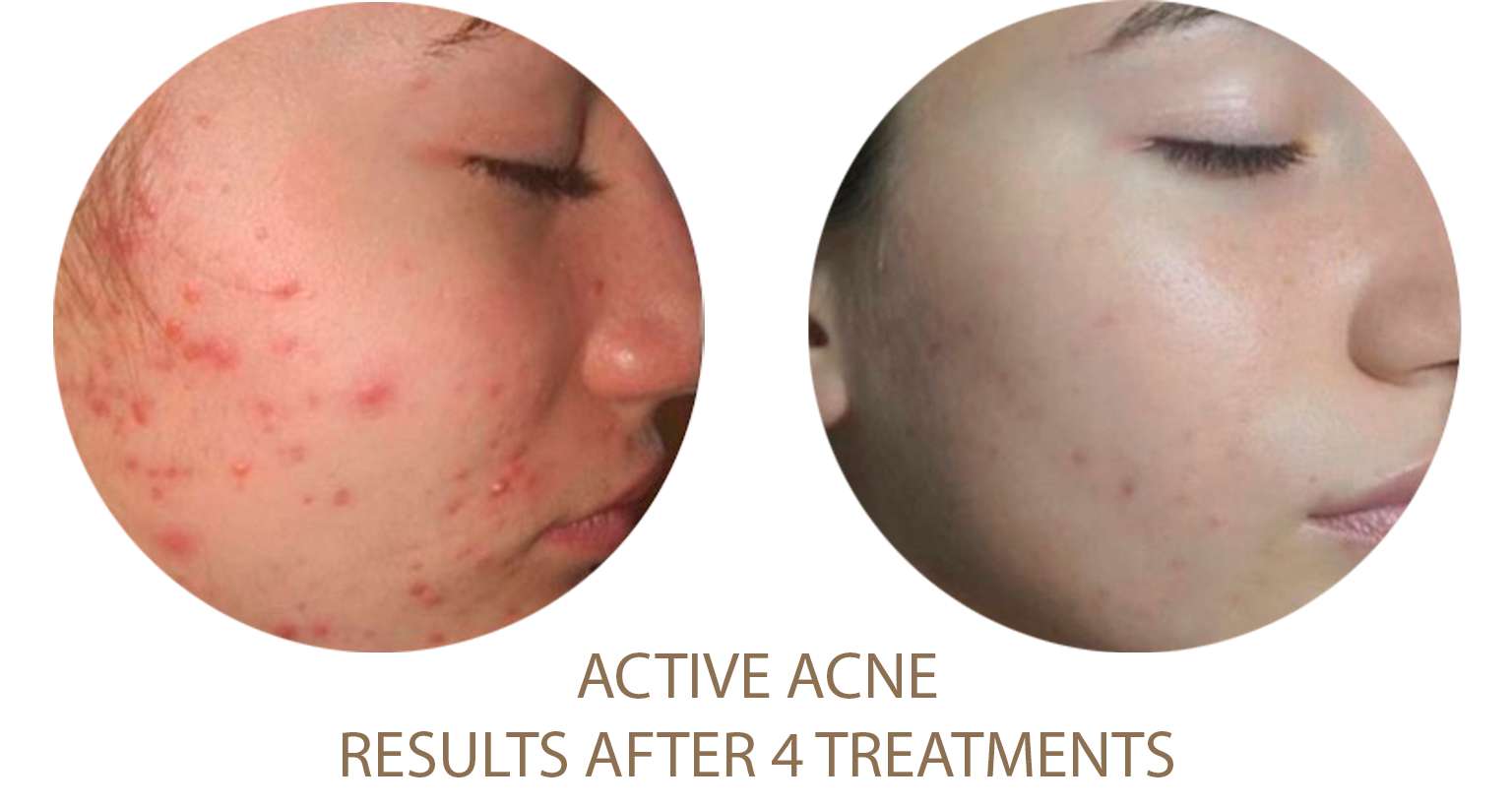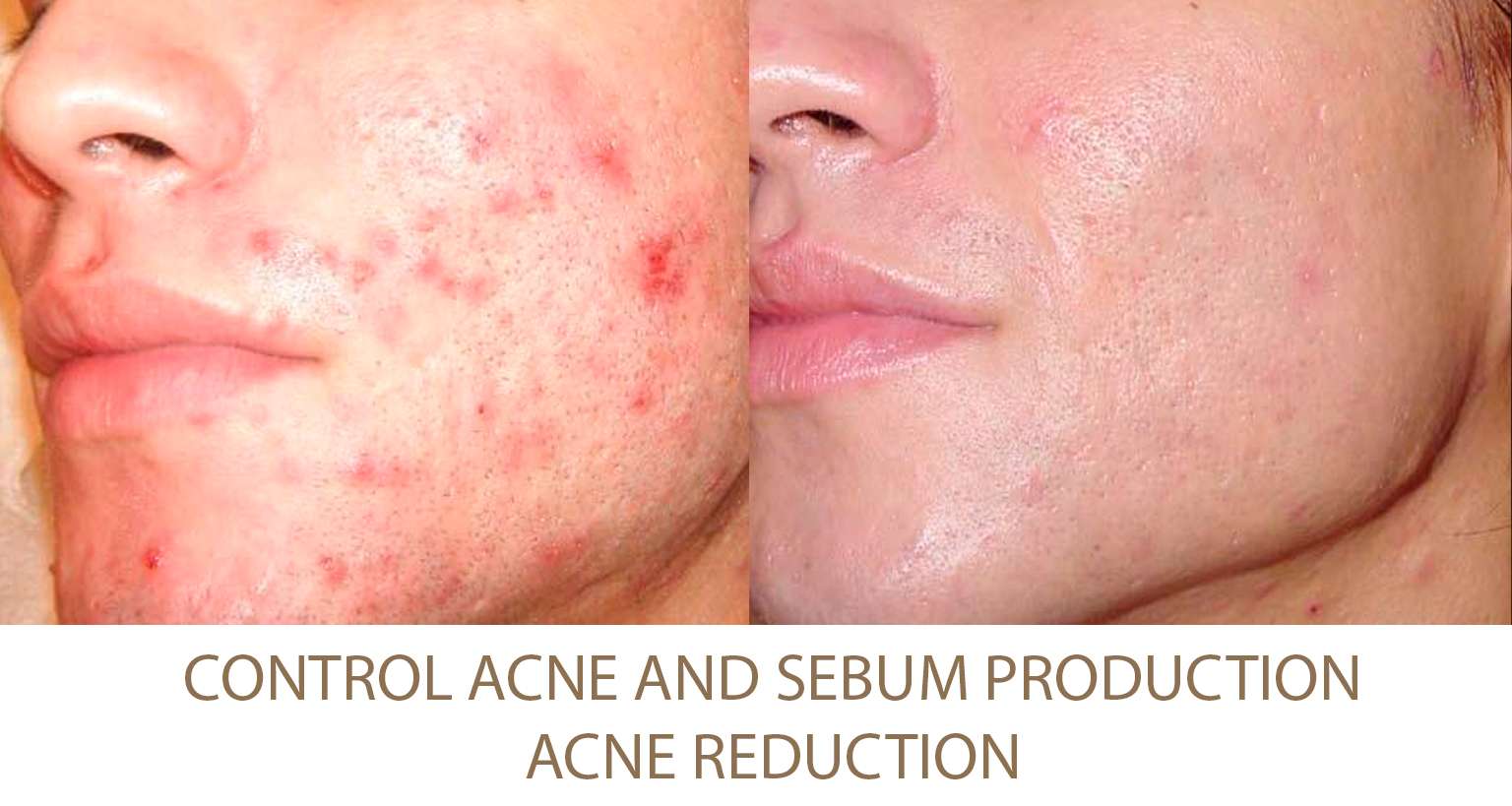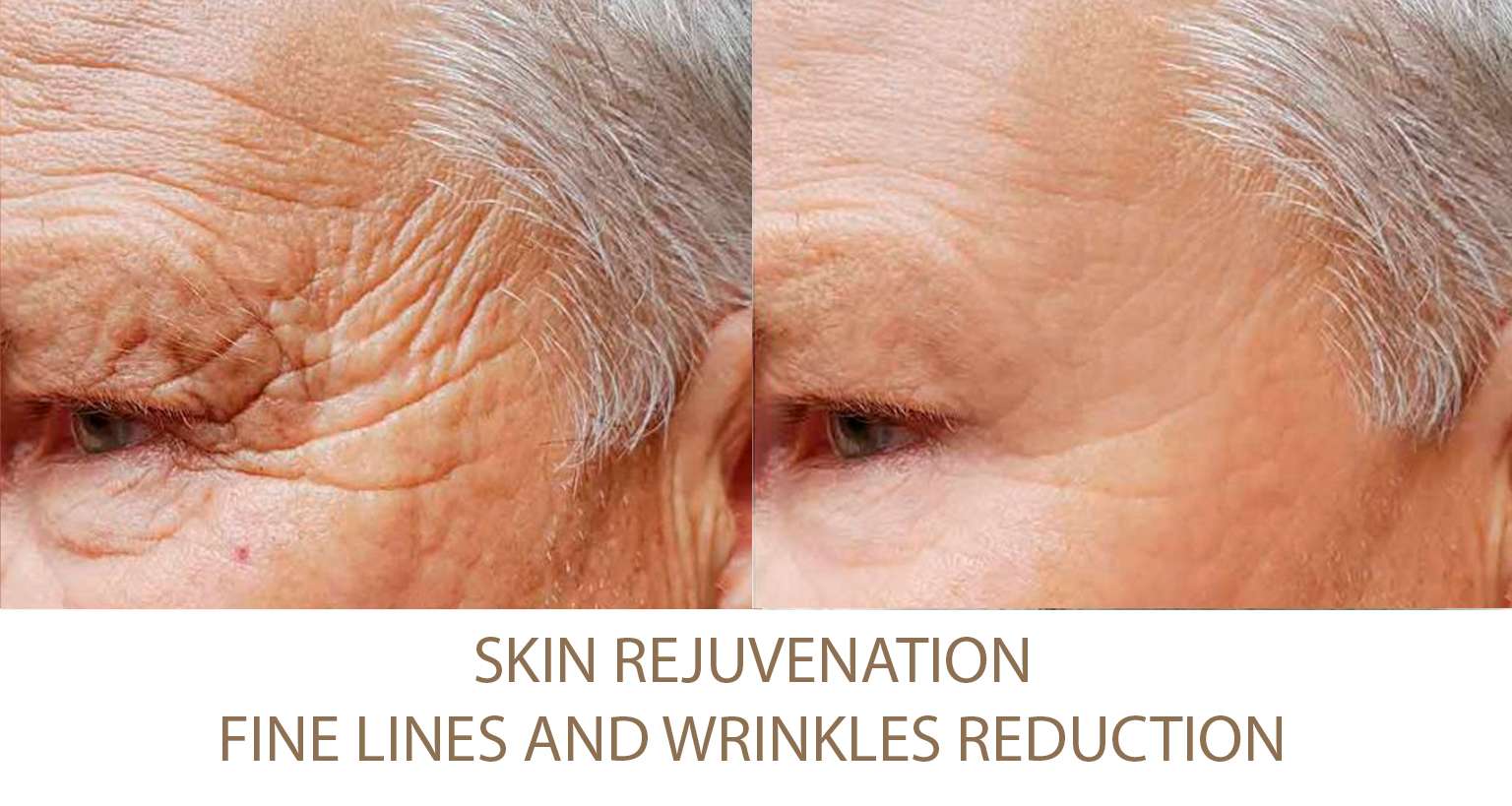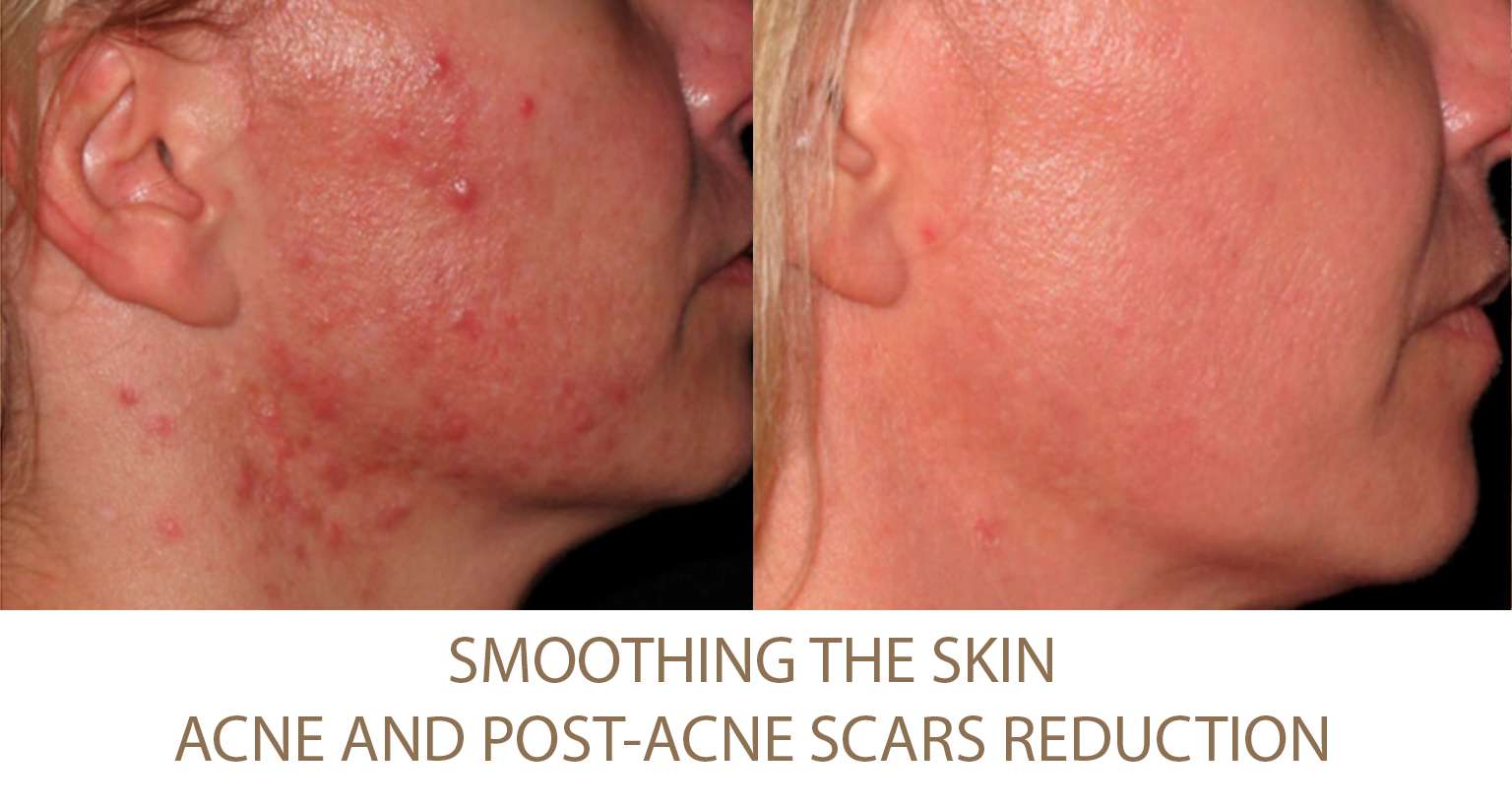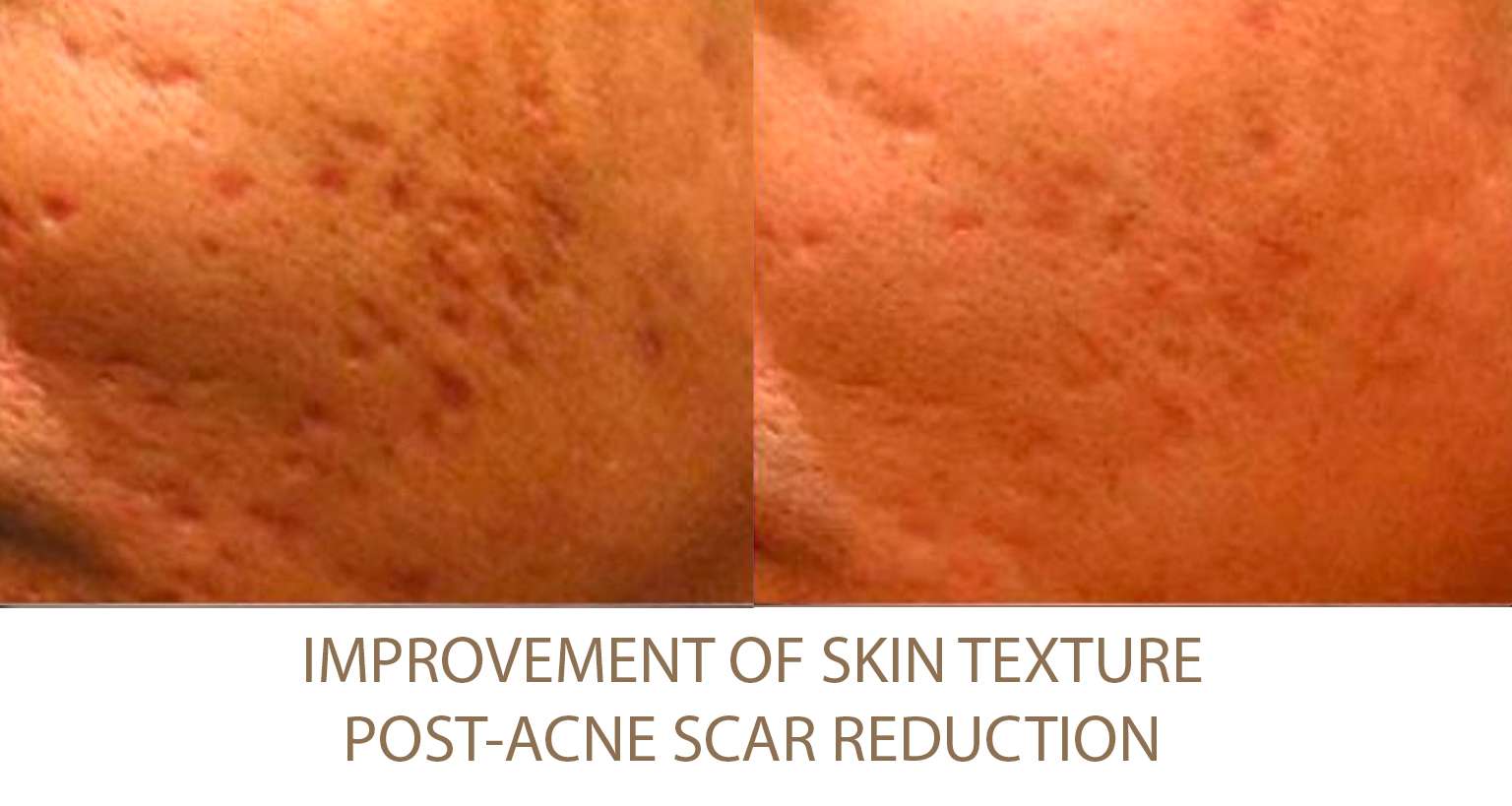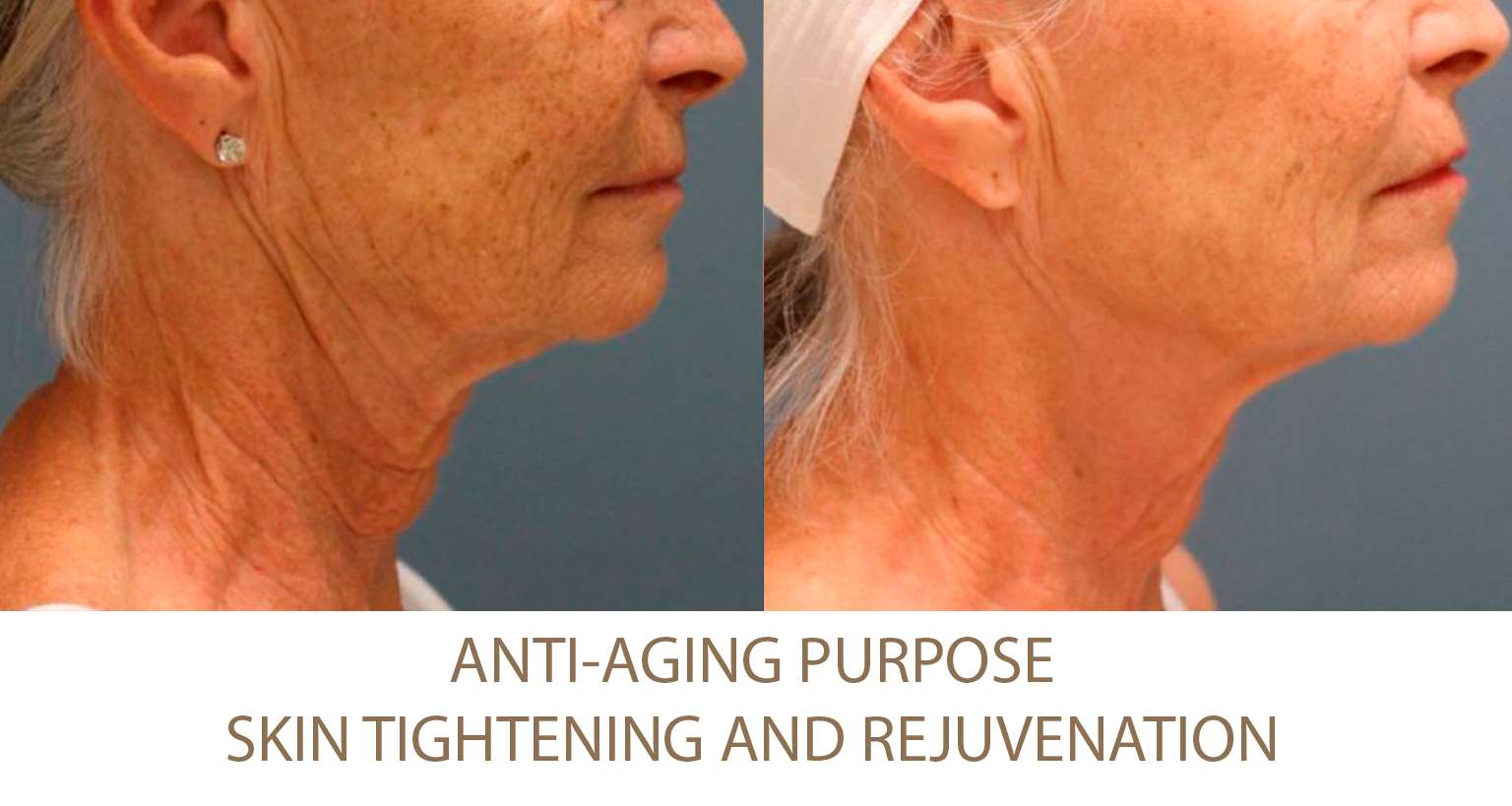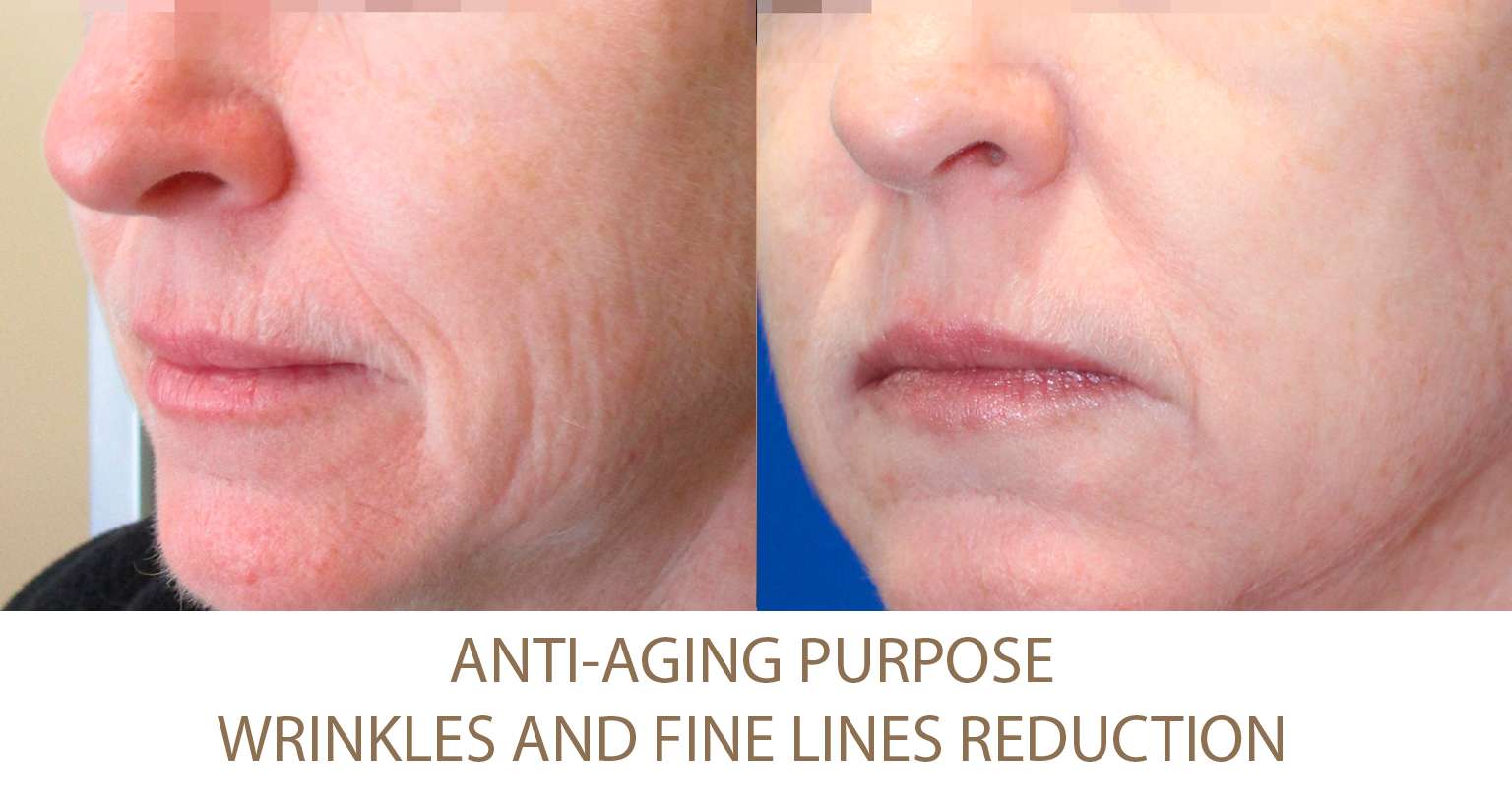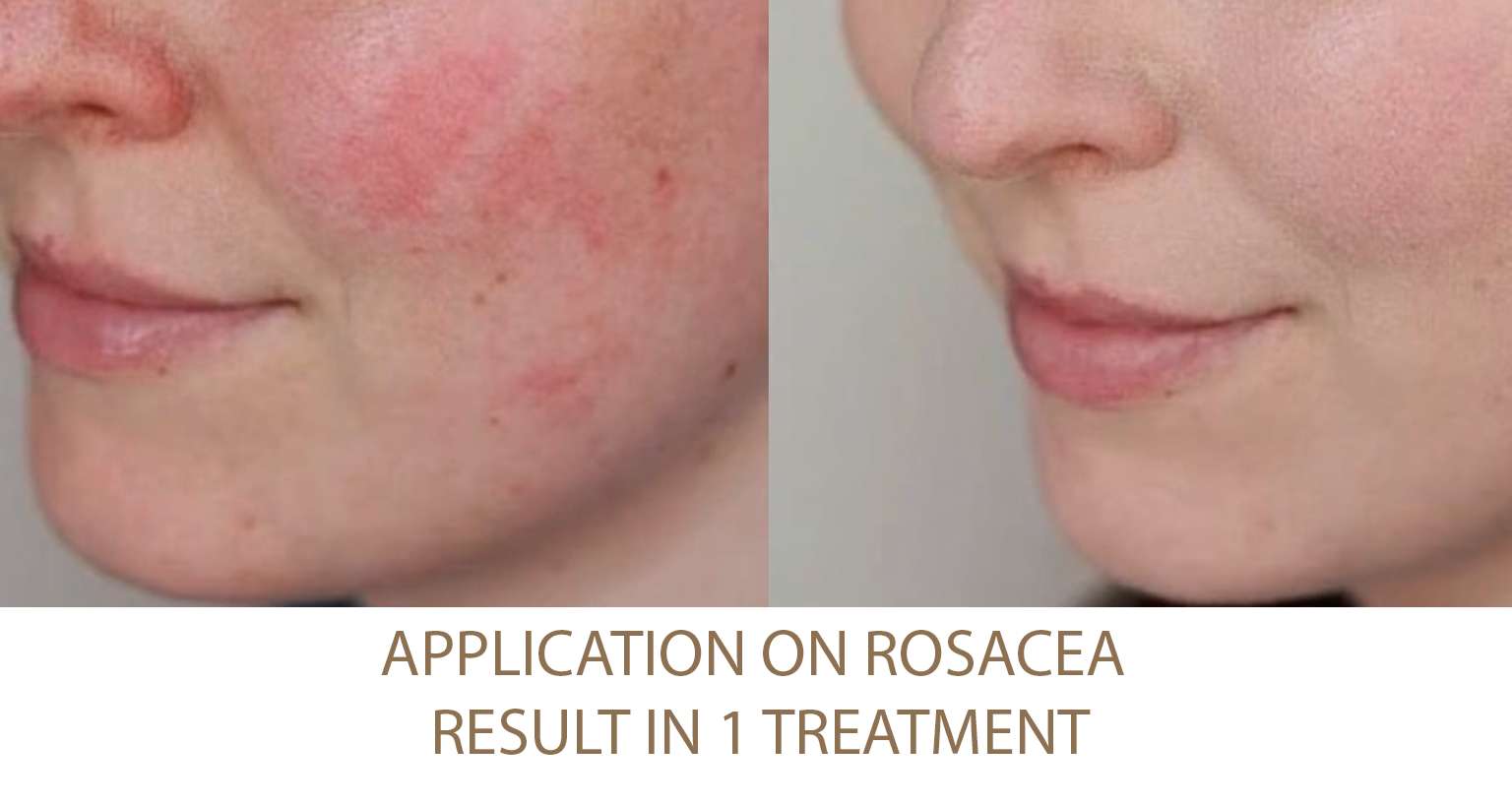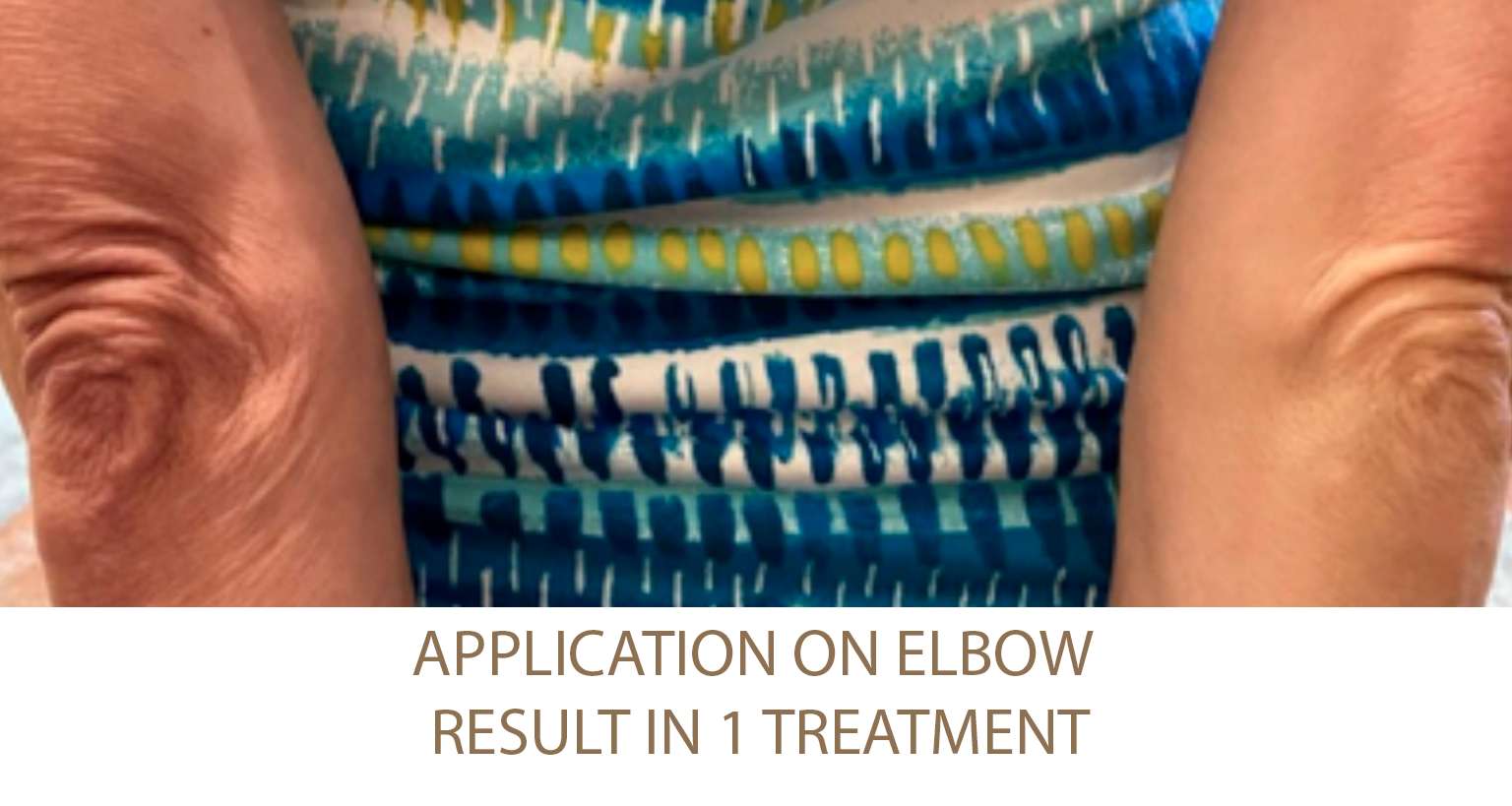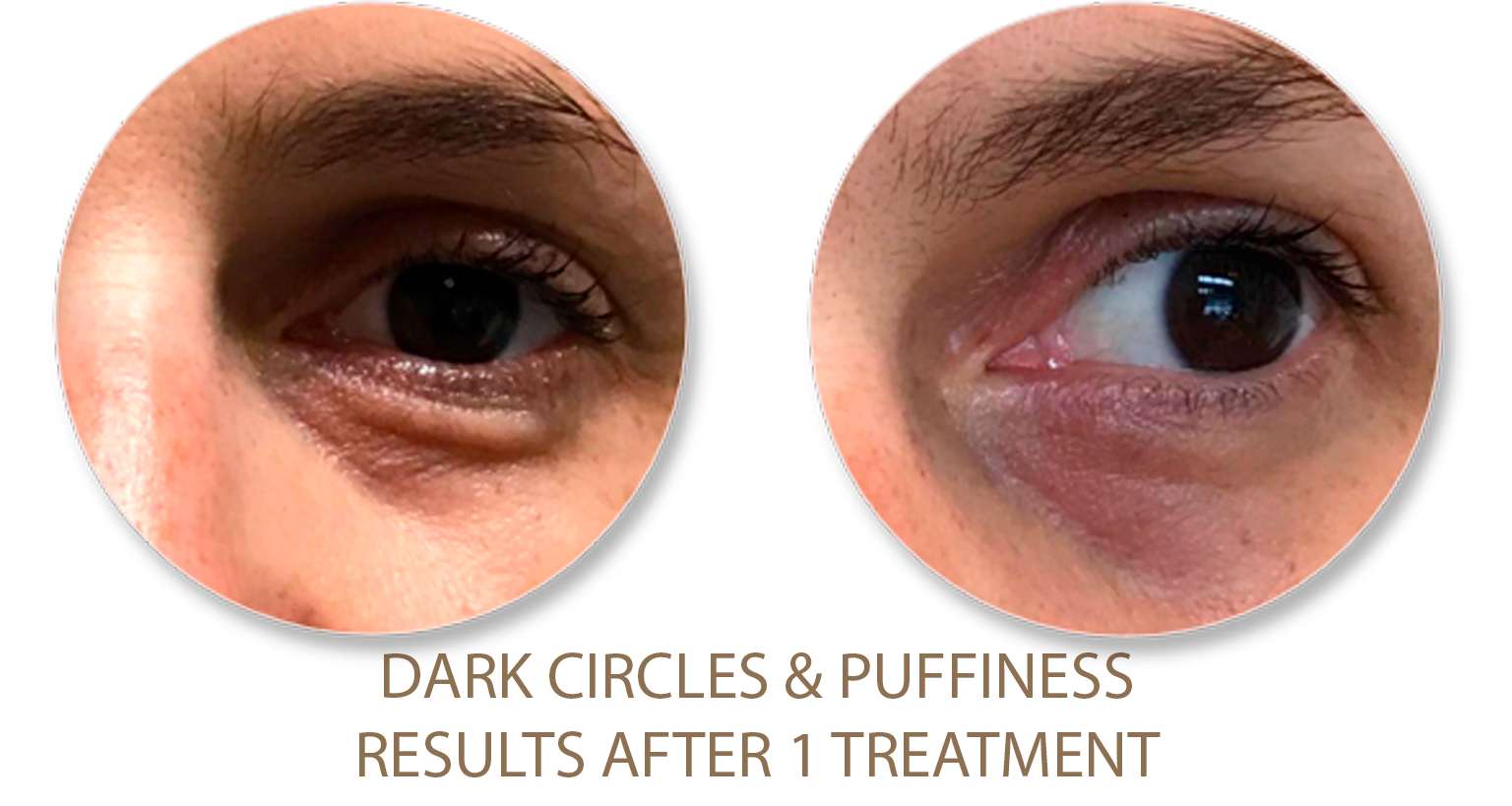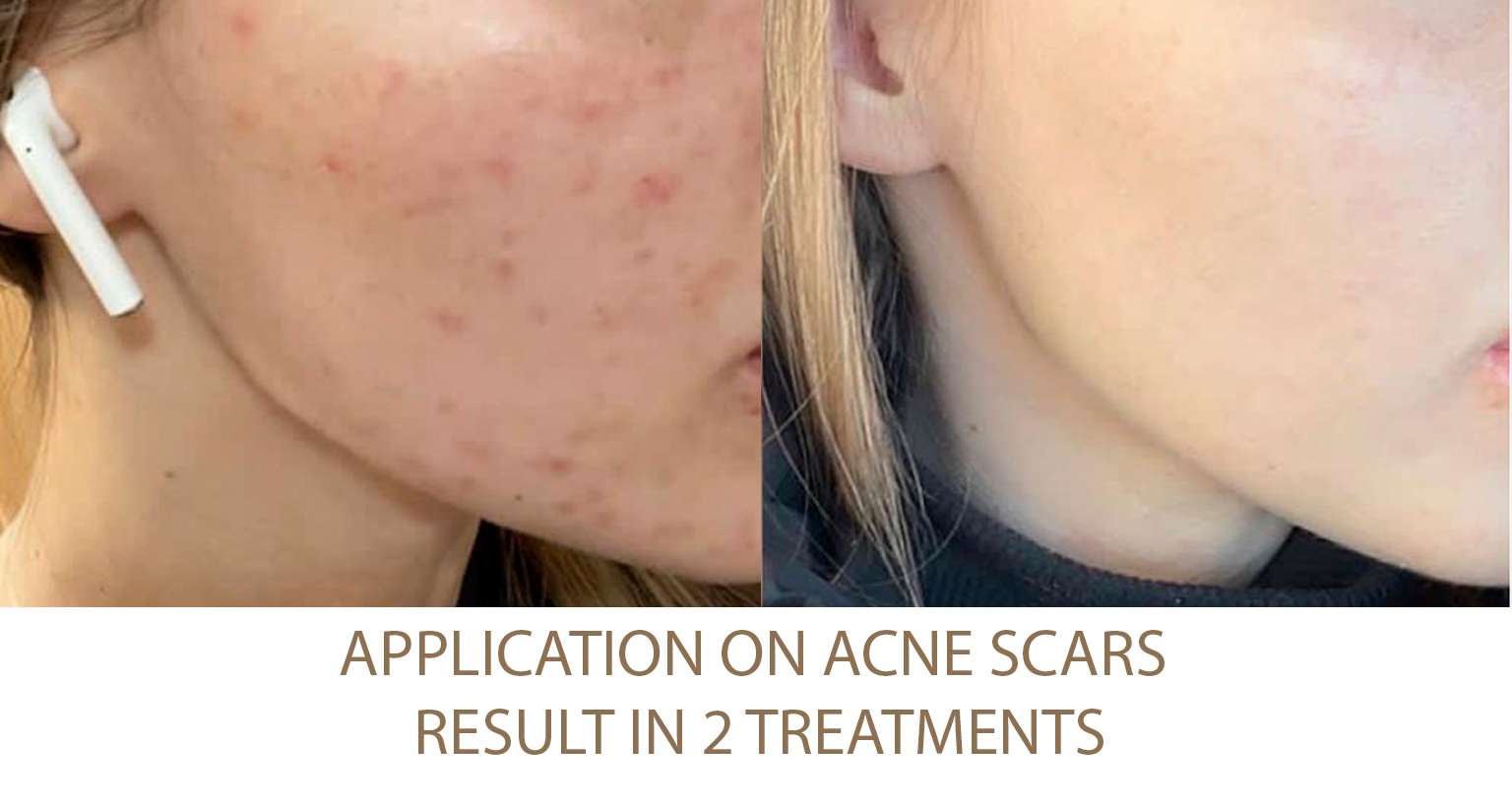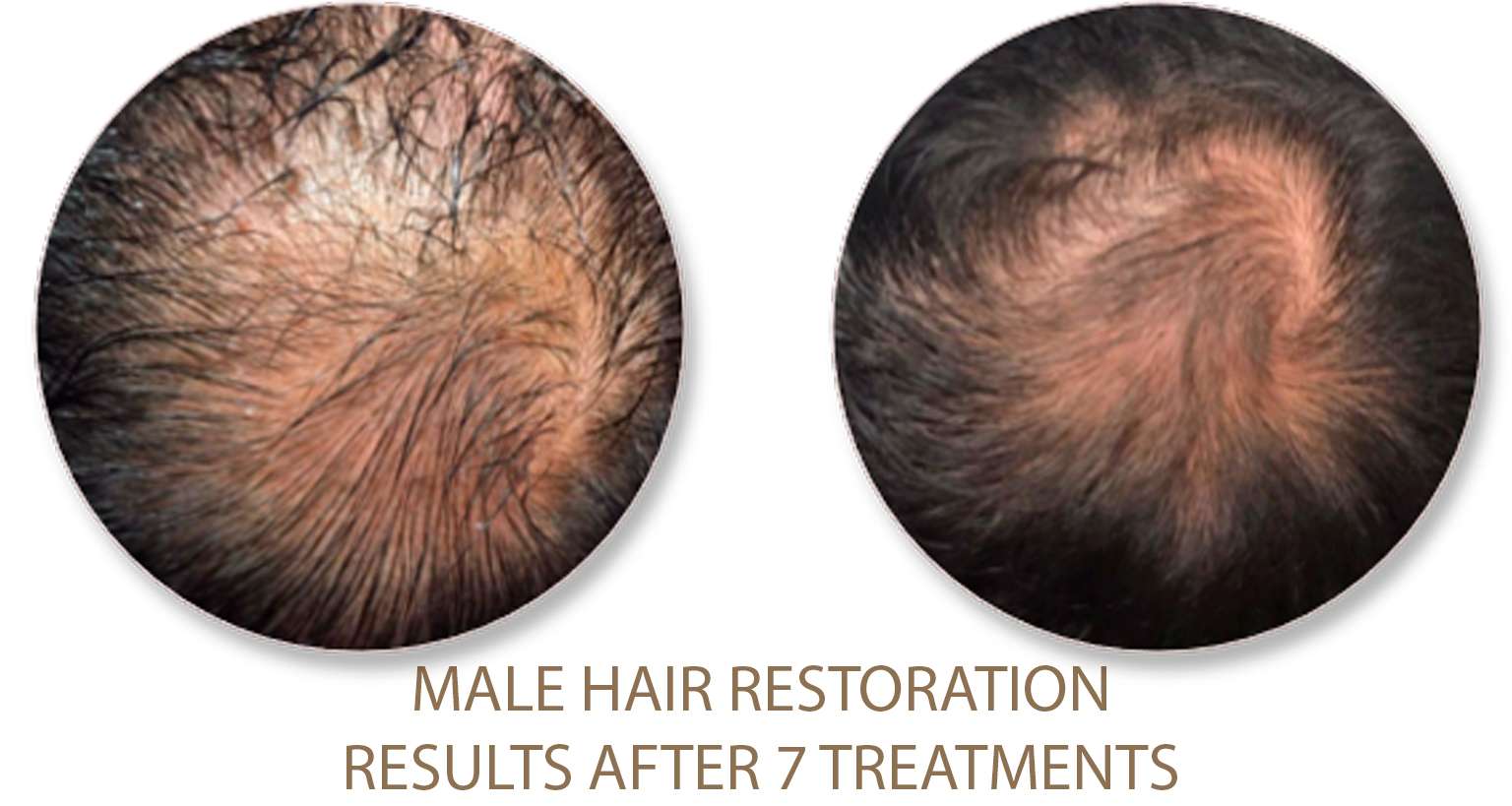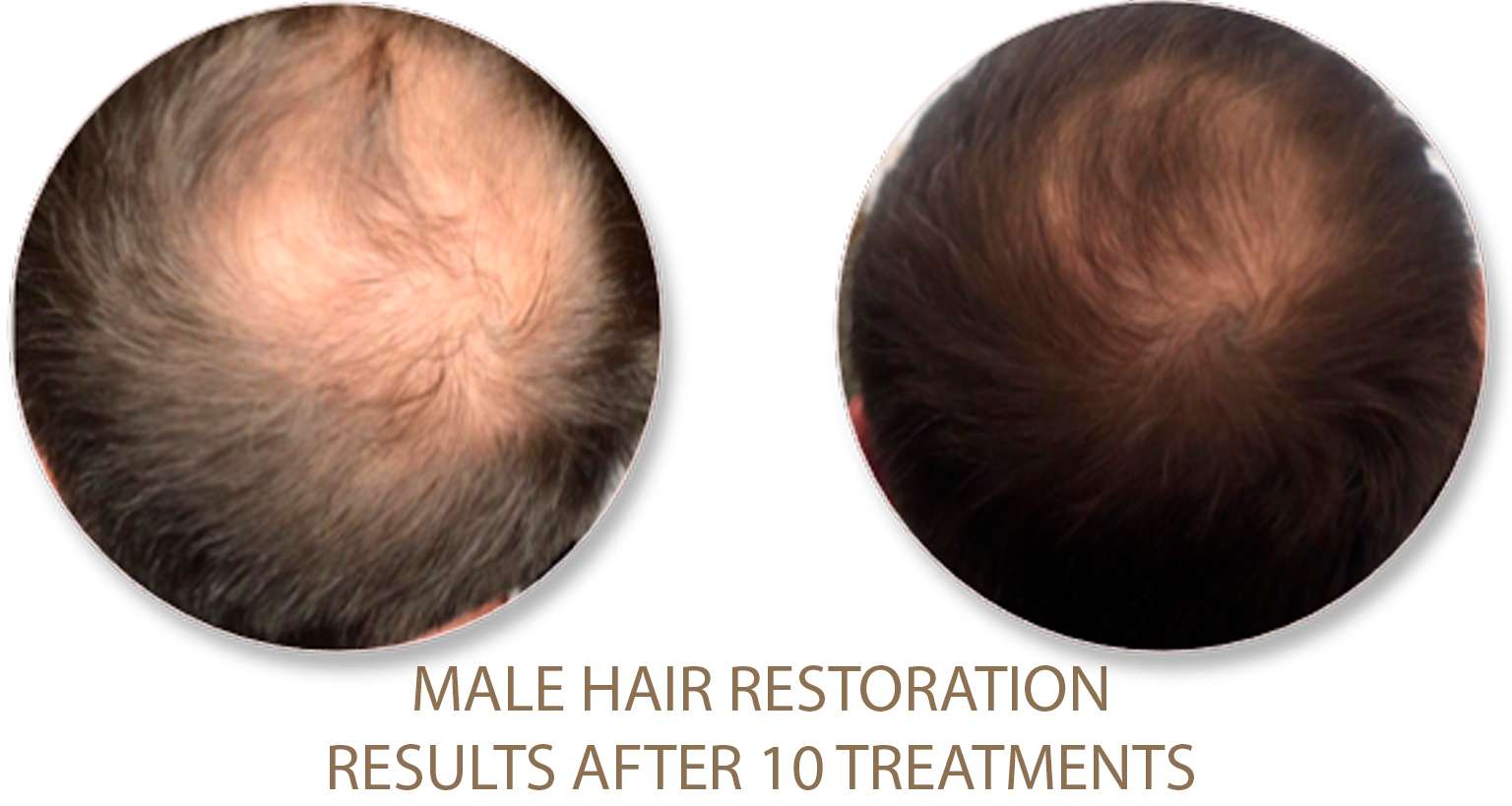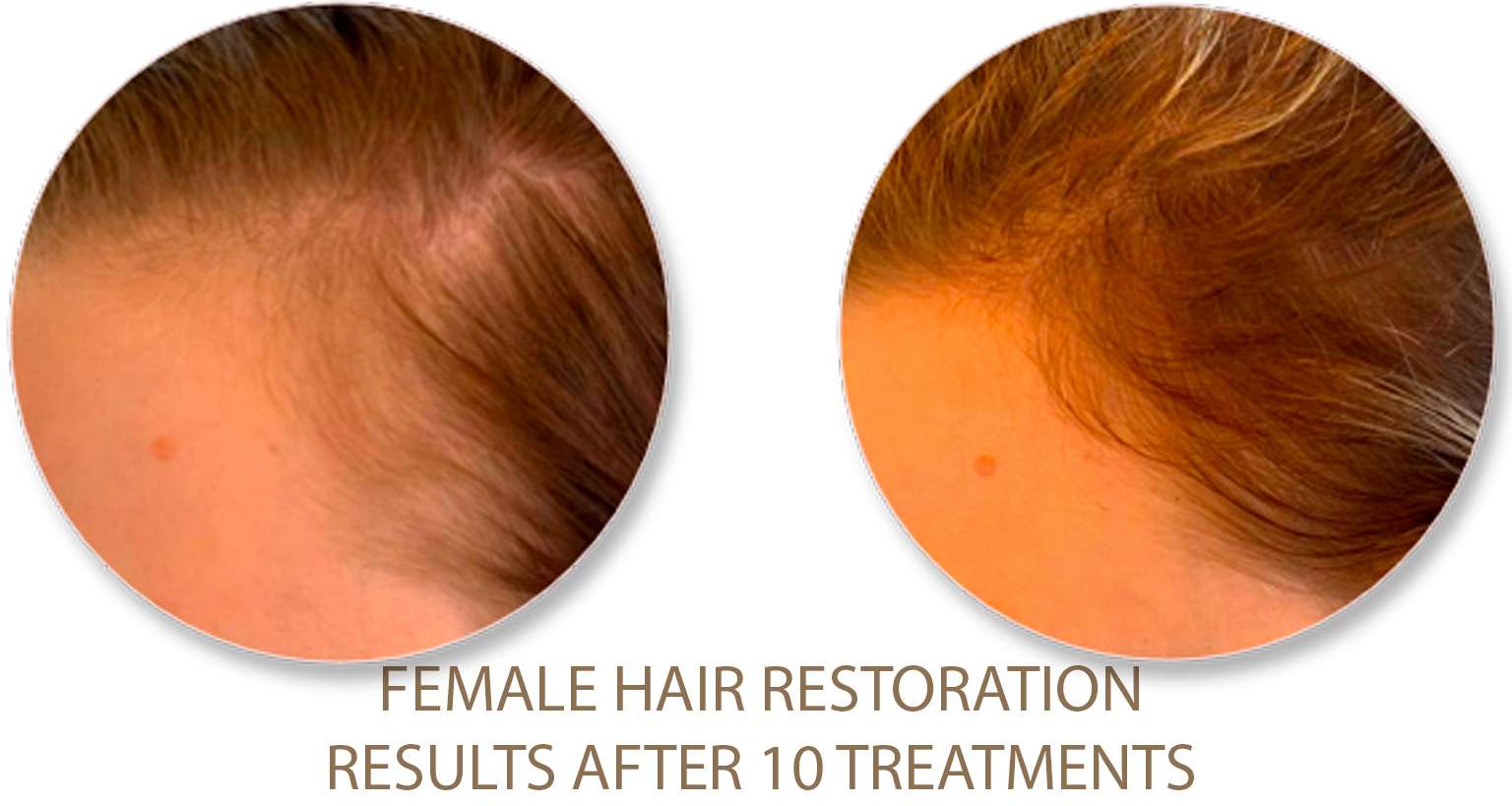What is happens during Plasma Jet treatment?
The procedure involves the use of a handheld device that emits a focused beam of ionized gas, also known as plasma, over the skin’s surface. This creates a controlled thermal effect on the targeted areas without damaging the surrounding tissue. The ionized gas is created by applying energy to a gas such as nitrogen or argon, causing it to become a plasma state.
The plasma energy is directed at the skin, creating tiny arcs of plasma that cause superficial injuries to the skin’s outer layer. These small controlled injuries stimulate the body’s natural healing response, promoting the production of collagen and elastin, which are essential for skin rejuvenation and tightening. The process also causes the outermost layer of the skin to peel off, allowing newer, healthier skin to emerge.
It delivers excellent results on acneic skin and rejuvenates the skin without needles and no downtime – you can resume your normal daily routine immediately. “Plasma Jet” generates tri-oxygen which kills 99% of acne bacteria, accelerates skin healing, fades pigmentation & revitalizes skin.
Step 1
Step 1 includes tapping by Fractional tip for 5-10 minutes to open pores and prepare skin for product absorption. Special serum according to the main skin concern is applied and then step 2 is processing.
Step 2
Step 2 uses a Permeating tip that massages 5-10 minutes the surface of the skin to allow the cosmetic product penetrate into deep skin layers.
Step 3
Step 3 is an absorption massage by Fractional tip again. This will help to close the pores.
Helps Treat:
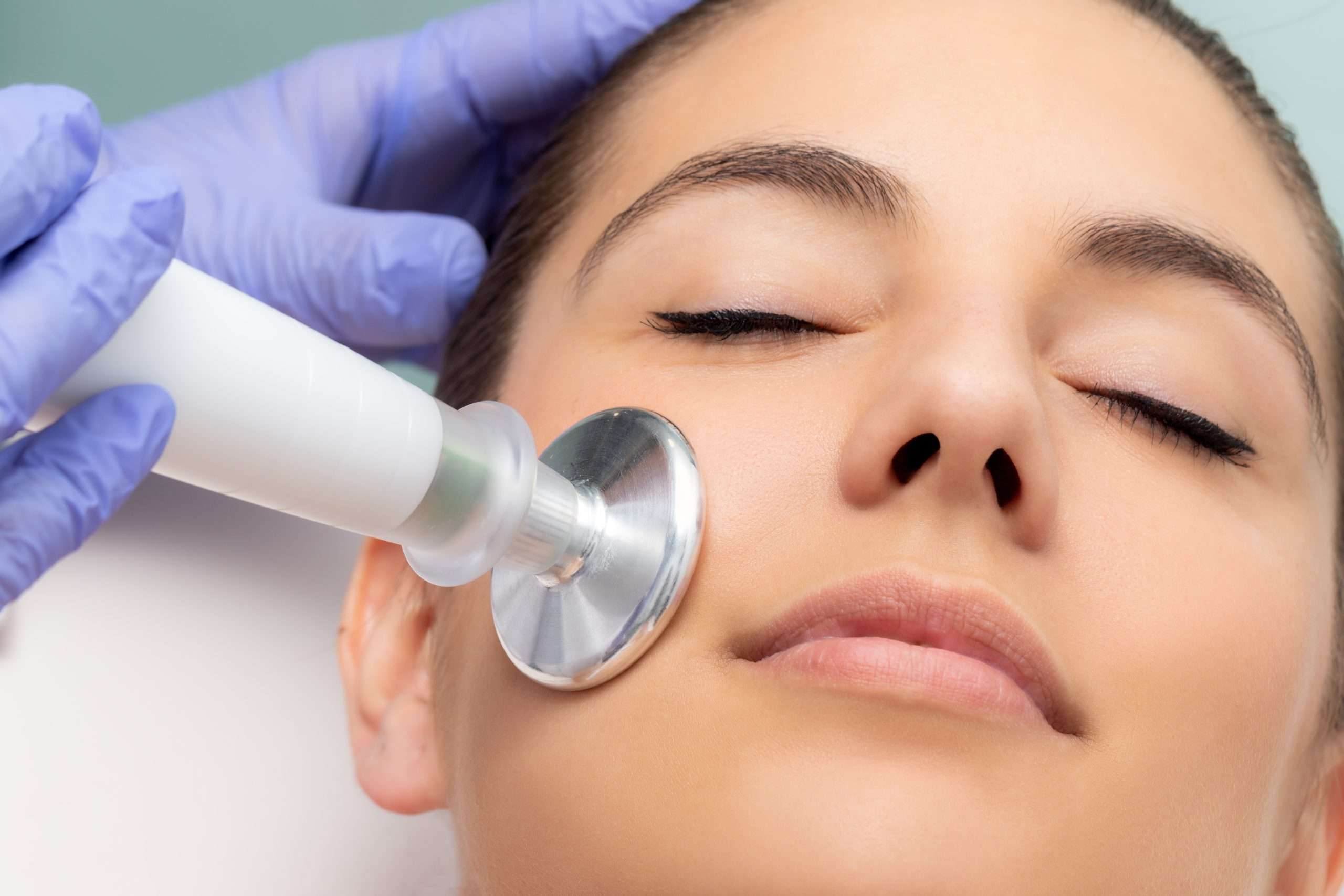
Advantages:
One of the significant advantages of plasma jet treatment is that it is a non-surgical procedure, meaning there are no incisions or stitches required. As a result, the downtime and recovery period are generally shorter compared to more invasive cosmetic treatments.
- Wrinkle reduction
- Non-surgical approach
- Minimally painful
- Capillary reduction
- Reactive skin improvement
- Acne scar improvement
- Gradual and natural results:
- Acne improvement
Frequently Asking Questions:
The timing of when you can expect to see results after a plasma jet treatment can vary depending on several factors, including the individual’s skin condition, the extent of the treatment, and their body’s healing response. While some immediate changes may be noticeable, the most significant improvements typically become apparent over the course of several weeks as your skin undergoes the healing and rejuvenation process.
Before undergoing a plasma jet treatment, it’s essential to follow specific guidelines and avoid certain activities or products to ensure the procedure’s safety and effectiveness. Here are some general recommendations on what to avoid before your plasma jet treatment:
Sun Exposure: Avoid excessive sun exposure and tanning beds for at least two weeks before the treatment. Sunburned or tanned skin can be more sensitive and prone to complications during cosmetic procedures.
Topical Products: Refrain from using any retinoids, alpha hydroxy acids (AHAs), beta hydroxy acids (BHAs), or other exfoliating agents on the treatment area for a few days before the procedure. These products can make your skin more sensitive and increase the risk of irritation during the treatment.
Blood-Thinning Medications: If you are on blood-thinning medications, such as aspirin or anticoagulants, consult with your healthcare provider before the procedure. These medications can increase the risk of bleeding and bruising during the treatment.
Avoid Self-Tanning Products: Refrain from using self-tanning lotions or sprays on the treatment area, as these products can interfere with the procedure and affect the treatment’s accuracy.
Avoid Facial Waxing or Depilatory Creams: Do not undergo facial waxing or use depilatory creams on the treatment area for at least one week before the procedure.
No Alcohol or Caffeine: Avoid consuming alcohol and excessive caffeine on the day of the procedure, as they can contribute to dehydration.
Pregnancy and Breastfeeding: If you are pregnant or breastfeeding, it’s generally best to avoid cosmetic procedures until after this period.
Plasma jet treatments are generally safe and well-tolerated. However, there are certain contraindications that may make some individuals unsuitable candidates for this procedure.
Common contraindications for plasma jet treatments may include:
Pregnancy and breastfeeding: Pregnant and breastfeeding individuals are typically advised to avoid cosmetic procedures, including plasma jet treatments, due to the lack of sufficient data on the procedure’s safety for the fetus or the infant.
Active skin infections: If you have an active skin infection or an open wound in the treatment area, plasma jet treatment should be postponed until the infection has completely healed to avoid potential complications or spreading the infection.
Keloid or hypertrophic scarring tendency: Individuals with a history of keloid or hypertrophic scarring may be at higher risk of developing excessive scar tissue after the procedure.
Uncontrolled diabetes: Poorly controlled diabetes can impair wound healing and increase the risk of infection, making plasma jet treatments less advisable for those with uncontrolled diabetes.
History of skin cancer or pre-cancerous lesions: If you have a history of skin cancer or pre-cancerous lesions, plasma jet treatments may not be recommended in the affected areas due to the risk of potentially stimulating the growth of abnormal cells.
Implanted electronic devices: Individuals with implanted electronic devices, such as pacemakers or defibrillators, should avoid plasma jet treatments near the device to prevent potential interference.
Recent sunburn or excessive sun exposure: Sunburned or tanned skin is more sensitive and prone to complications during cosmetic treatments, so it’s advisable to wait until the skin has fully healed.
The number of plasma jet treatment sessions needed can vary depending on several factors, including the individual’s skin condition, the specific concerns being addressed, and the desired outcomes. Generally, multiple sessions are recommended to achieve optimal results, as plasma jet treatments work by stimulating collagen production and encouraging skin regeneration over time.
For mild concerns or maintenance purposes, you might see some improvement with just one session. However, for more significant issues or to target multiple concerns, a series of sessions is typically recommended. On average, patients may require anywhere from 2 to 10 sessions, spaced one-two weeks apart, to achieve their desired results.
Testimonials
What Our Clients Say:












